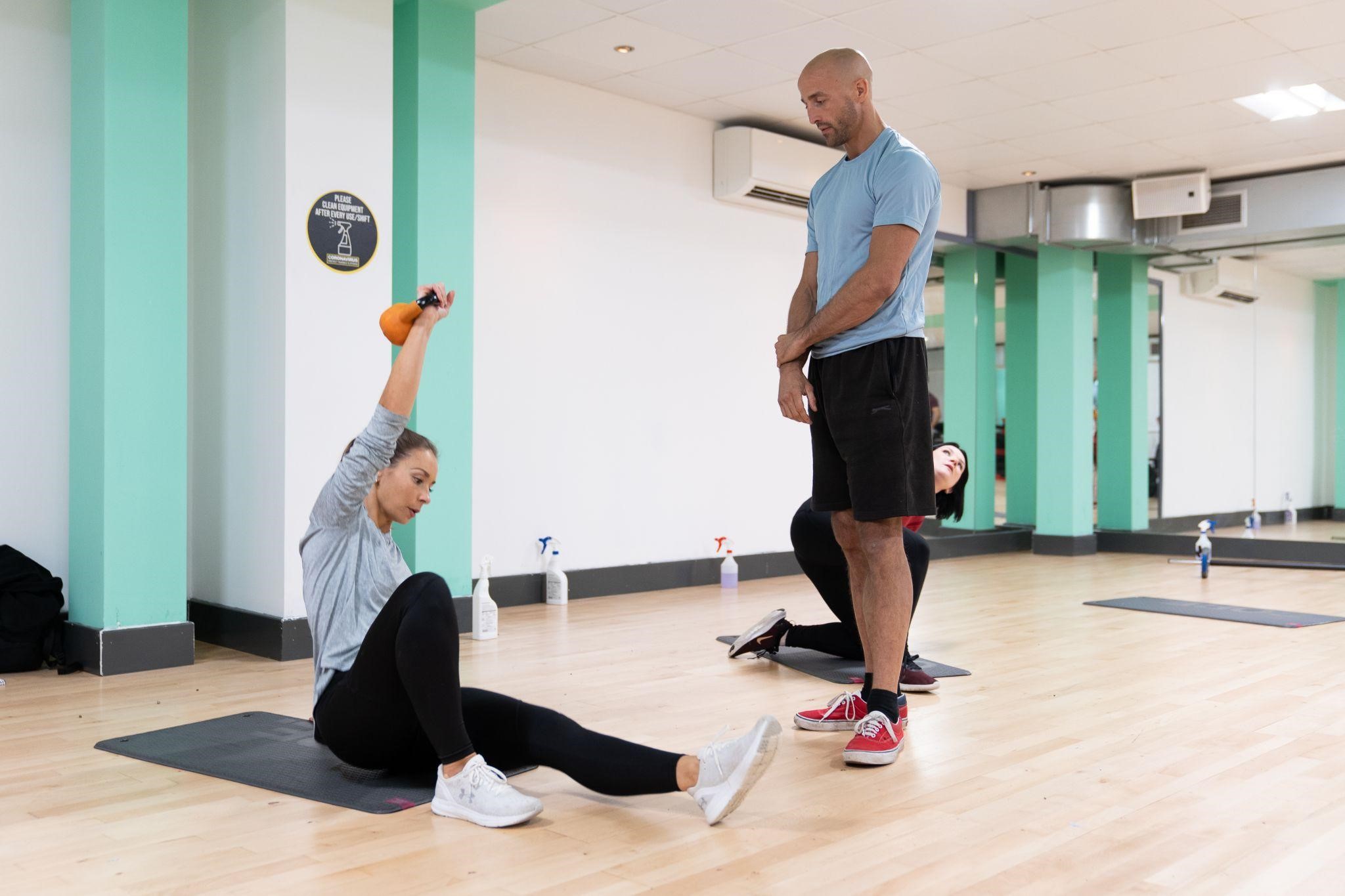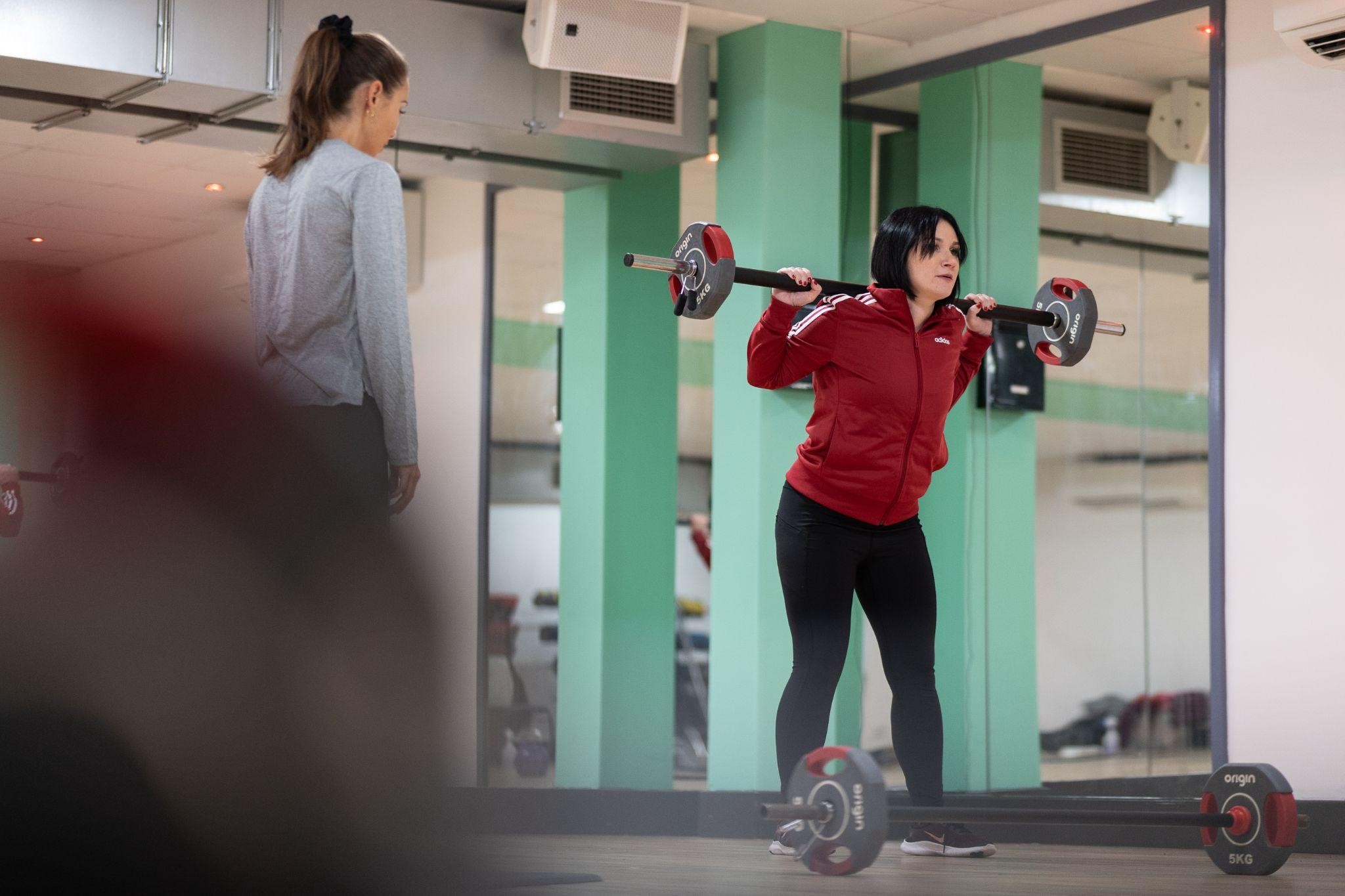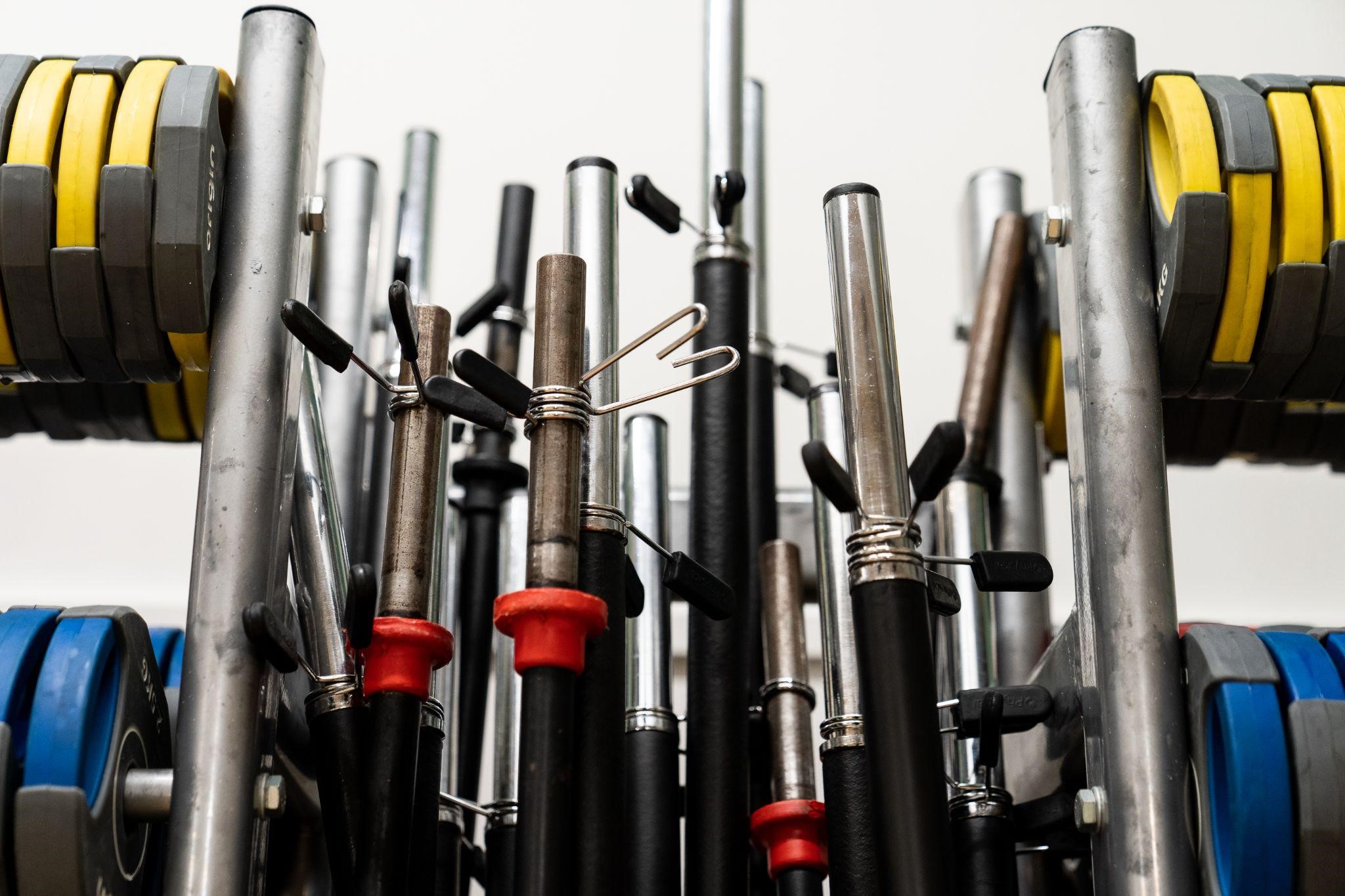![]()
What is resistance training?
Resistance training is increasing your muscle and body strength from working your muscles against a weight or force. It can be considered as an exercise that causes the muscles to contract against an external resistance. When people start resistance training they have an expectation to work towards increasing strength, power and endurance through exercise.

In summary, resistance is provided by moving your body against gravity through a pull-up or push up, or weight training exercises like squats, deadlift or bicep curls. There is a range of equipment available to help with resistance training, such as dumbbells, resistance bands and kettlebells.
Benefits
Resistance training has many benefits when incorporating this into your exercise routine. Below are some of the main benefits:
- Improve bodily ability – Resistance training will work on improving and progressing bodily movements whilst increasing strength and ability.
- Improve physical performance – Physical performance is a key benefit to resistance training, working on resistance movements continuously will build muscle which will help improve strength to aid overall physical performance.
- Improved balance – Resistance training will help improve balance by improving your ability to control and stabilise your body.
- Lower risk of injury – Resistance training improves strength, range of motion and mobility of your muscles. This can build and reinforce strength around major joints like knees, hips and ankles.
How to start
Starting resistance training may be daunting at first for individuals who have not entered a gym or health club. One way to overcome this is by joining the gym and hiring a personal trainer. Personal trainers are all educated at the minimum of a Level 3 Personal Trainer Course or an alternative pt qualification, they can provide you with a valuable personalised resistance training plan to start your fitness journey.
Alternatively, if are already part of a gym but are looking for ways to mix up your current training style, start this by performing exercises with 2-3kg weights or just start by using your body weight as resistance. Mapping out a weekly workout plan will motivate you to stay on track with your routine. Start by training 3-4 times per week, whilst ensuring you are taking rest days to gain optimal recovery time for your muscles.
You should split your sessions into upper body (chest, shoulders, back and arms) and legs (legs, hips, glutes and core). You should start to see the benefits of resistance training by working out 3-4 times a week for up to 20-30 minutes a week.

Your Questions answered
Which type of resistance training is best for beginners?
When just starting out with resistance training, be sure you don’t go into heavy thinking this is the most effective way to start training. You can still target major muscle groups through low weight dumbbell exercises or even bodyweight exercises as you are starting out. Often people will start to progress in weights or number of sets the longer they train, which will help build strength.
What are the 5 resistance training exercises?
Resistance training consists of several different exercises and movements, below we have listed some core exercises that can be added to your training sessions. You can complete these exercises using free weights or bodyweight and start incorporating these into your training routine by doing 3-4 sets on each exercise.
- Squats
- Push-ups
- Plank
- Lunge lift
- Bench press
Can you do resistance training every day?
Whilst you can do resistance training every day to help you reach your end goal, it is important that you allow for recovery time in between your training. Recovery time is a vital part of helping your muscles to recover properly, this will put you in a stronger position for your next resistance and strength training session.

Is resistance training the same as weight training?
Weight training is considered to be part of resistance training in the sense that you are working your muscle against a weight or force. The only difference is the fact that weight training will always involve the use of weighted equipment whereas resistance training can be done using bodyweight or through resistance bands.
Can I do resistance training at home?
The good thing about this training style is that it can be completed with little to no equipment if desired, you can start training with just your bodyweight or some small equipment. You can progress in your training journey by increasing reps, the number of sets or time to help build on your strength week by week. You can then start to introduce small equipment like resistance bands, kettlebells or dumbbells that are easily accessible to order online and store at home.
Conclusion
In conclusion, you can get started with resistance training fairly easy as it’s flexible in its type of training style. The best way to get started is to map out how many days a week you are looking at training, split this into different training days for both upper and lower body whilst including rest days. Once you start this training style you will be able to adapt and change when you feel it’s needed. Resistance training has many benefits, and being consistent in this training style will help you in reaching your personal fitness goals.
